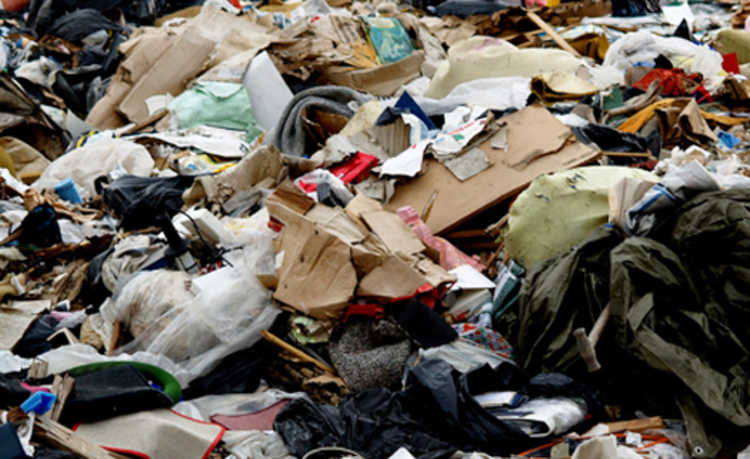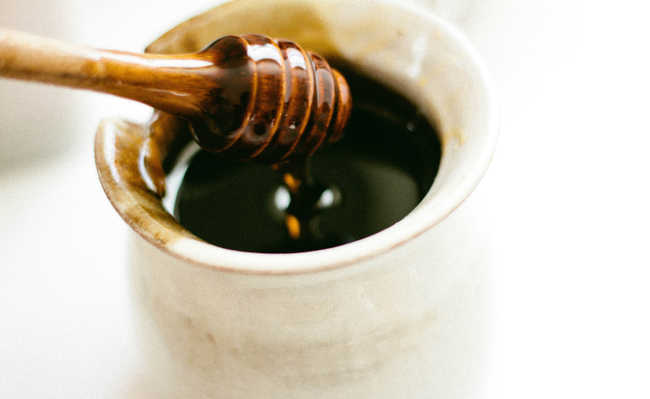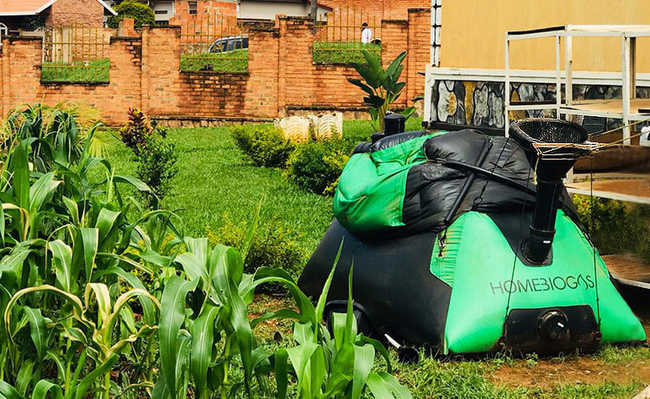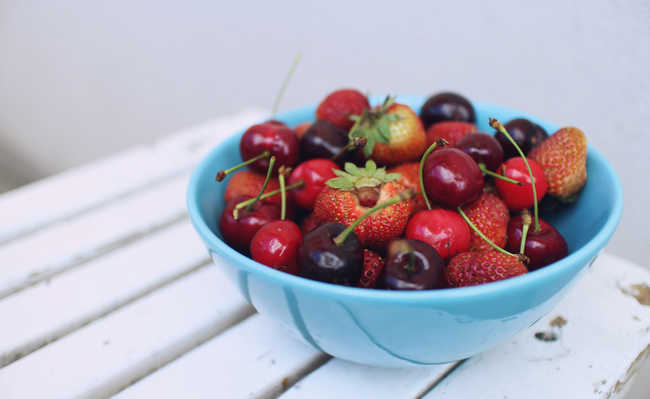How to make coffee - learn about different methods
Cloth or paper strainer? Espresso or Moka? Discover methods used to make coffee and choose yours

Image: René Porter on Unsplash
There are several ways to make coffee, some more aggressive to the environment and others less so. Coffee preparation methods allow for very different results, depending on the taste of each one and the time available. For those with little time, it's good to opt for a quick way to make coffee, others may prefer to enjoy a drink with a fuller flavor or a smoother one, but more time-consuming.
There is also the environmental issue, since the process of making coffee can produce residues such as paper filters, capsules and even the equipment used to make the coffee, which will need maintenance or replacement if they break.
how to make coffee
Before choosing the most suitable method of preparation, it is necessary to buy the powder. Most coffee powders come in vacuum packaging, which are made of metallized plastic, the problematic BOPP, which is difficult to recycle - and many brands even have an outer paper packaging. The ideal, from the point of view of flavor and packaging reduction, would be to buy the coffee beans in bulk at specialized stores, fairs or markets, and grind only when preparing the coffee.
In powder or in grains, give preference to places where it is possible to take a reusable pot and ask the seller to place the product directly there, avoiding any packaging. If this is not feasible where you live, give preference to recyclable or returnable packaging. Aluminum coffee pods (and only aluminum!) can also be an option in this regard, but only if you commit to taking them to the collection point after use. In the case of coffee that has already been ground, give preference to frosted and dark packages, as the presence of light can compromise the quality of the coffee.
Buying the bean version allows you to grind the coffee when preparing it, preserving its properties and flavor, in addition to allowing you to grind the beans to the correct thickness for the equipment where the coffee will be made. For this, however, it is necessary to buy a manual grinder (more accurate) or an automatic coffee grinder - always taking care to make the subsequent correct disposal of these utensils at the end of their life cycle.
In addition to packaging, the filter is another common waste generated by the act of making coffee. Present in several preparation methods, the coffee filter most of the time ends up in the common garbage, although it can be placed in the domestic composter. This destination, however, should be moderate, so that the most sustainable in this regard is to look for a method of coffee extraction that does not require the use of a filter - or to look for options for handicrafts with a coffee filter and use creativity to reuse the material. Coffee grounds, on the other hand, can be used in plant fertilization, to help with composting and even as an insect repellent.
- Coffee grounds: 13 amazing uses
Coffee Preparation Methods
Learn about some of the methods of making coffee and choose how to make coffee your way. We list some pros and cons of each way of making coffee regarding the environmental issue. How to make coffee varies according to the region of the world and some of these methods are relatively new here in Brazil, others are barely known.
Regardless of the method chosen, the ideal is to use mineral water to make coffee. Filtered water also works, but tap water is not worth using, because of the excess chlorine, which can leave a bad taste in the coffee. Get to know details about some coffee preparation methods:
paper strainer
Very common and practical, making coffee using a strainer with a paper filter generates a large amount of waste, as already mentioned. In addition, you need various equipment to prepare the coffee, such as the milk jug to boil water, the filter holder and the thermos. One of the advantages of the method is that it allows you to make large amounts of coffee and fill a large thermos (or several).
cloth strainer
Like the previous method, this one also allows you to make coffee for a lot of people at once, which saves energy and water with the maintenance of utensils. The big advantage of the cloth strainer version is that it is reusable, in addition to the possibility of using a strainer made with organic cotton. Very economical, the drawback of this method is that the strainer can keep coffee residues if not properly sanitized.
You can also find mini percolator versions, if you only need to make coffee for one - and using a mini percolator you don't need a thermos or percolator support (but be careful when handling hot water).
Electric coffee maker
Automatic, is perhaps the best method for those wondering how to make coffee. The coffee maker makes the coffee on its own and in the desired amount, but uses more energy when it comes to conserving the heat than if you just boiled water in the oven - and the appliance also requires the use of paper filters. In addition to being automatic, another advantage is that the machine itself comes with everything you need to make coffee - but you must be careful to dispose of the coffeemaker correctly when it goes down.
Espresso coffee machine
Both equipment for making espresso coffee in capsules and automatic espresso makers are more expensive machines that require more space, in addition to consuming a large amount of electricity. In the case of machines made for coffee capsules, it is also necessary to choose the type of capsule to be used. As the method generates a huge amount of waste, this can become a problem if you don't dispose of it correctly.
Aluminum coffee capsules are recyclable as they are only made of aluminum and coffee. In Brazil, the main manufacturer guarantees recycling, but the consumer needs to do his part and return the used capsules at one of the collection points - in this case the capsules can be returned whole. If you consume other brands or if in your region there is not yet a collection station nearby, it is necessary to separate the aluminum and the coffee grounds, allocating the aluminum (preferably clean) to common selective collection or recycling station and the sludge for compost or organic waste.
Plastic coffee capsules or other materials are a problem, as their recycling is very difficult and not economically viable. Some brands already offer post-consumer collection services, but in general the destination of these residues ends up being common garbage (and later, landfills). Also be wary of brands whose capsules claim to be biodegradable, but to protect the capsule from moisture it comes in mini-vacuum packages. If you like this method, contact the capsule manufacturer to find out if they offer reverse logistics.
The practicality is a positive point, as the coffee comes out quickly, in individual doses and is a type of espresso. Learn more about this method:
- Espresso Capsules: Convenient, But Care Needed
- Used espresso coffee capsules: what to do, how to recycle
- Crafts with used espresso coffee capsules
The automatic espresso coffee maker, on the other hand, is much larger and more labor-intensive to use, but it allows you to prepare a professional espresso at home. The machine comes with all the necessary equipment to pass the coffee (some models even have an integrated grinder), requiring only that you buy the beans or powder. High energy expenditure and waste are also problems with this method.
Italian coffee maker or Moka
Ideal for serving right away, making coffee with this method does not require any additional equipment besides the coffee maker itself, which already has a compartment for placing the coffee powder and another for the water. Just fill in the spaces and bring the Italian coffee maker to heat. Prefer the aluminum model, which will last many, many years and is recyclable.
This coffee maker makes the amount of coffee according to the size (largest models are for 12 cups), but to keep the heat in, you need to use a thermos. To avoid wasting coffee, just buy a small coffeemaker - there are models for just one cup, which guarantee relatively quick and always fresh coffee.
French Press or French Press
Similar to Moka, the French Press it's also a utensil that in itself allows you to have fresh coffee - except that it's made of glass and metal or plastic. To make coffee with the french press, just mix the powder (medium to coarse grinding) with a little of the boiled water, mix and then top up with the rest of the water. Position the plunger, wait a few minutes and push it to strain the coffee.
If you are going to drink it right away or for a short period of time, it is not necessary to use thermal - the good versions of the method are made of resistant glass and keep the heat longer than that of an Italian coffee maker, but much less than if you used it. a thermos. This method is also not very good for those who need to make coffee for many people, but there are models of various sizes, ranging in general from 300 ml to 1 liter. The price of the utensil is usually lower than Italian coffee maker models and it is increasingly easy to find affordable models.
Hario
Less known in Brazil, the Japanese method consists of using a filter support made of ceramic. It has spiral grooves present in its extension, which allow a continuous and homogeneous flow of coffee extraction. There is support in full size and in the mini version, to make one cup at a time, but it is necessary to use the paper filter and the method is only advantageous in terms of flavor to consume the coffee right away. In addition to the accentuated flavor, which is better perceived if you grind the coffee on the spot, an advantage of the mini model is that it avoids waste, as you only make the dose you are going to drink.
Clever Dripper
Invented in Taiwan, the “intelligent coffee system” starts to appear in Brazilian coffee shops. The method also generates a brewed coffee (and uses filter paper), but it works as a mixture of the brew with the infusion of French Press. The ideal is to make with a fine or medium powder and serve immediately, as the great advantage of clever is the flavor provided by the infusion (which is usually 2 minutes). Made of glass, the equipment is more sensitive, in addition to generating waste from the paper filter.
Chemex
Despite existing since 1941, this method is also new in Brazil. It is a kind of jug used to filter coffee, usually made of resistant glass. In addition to the elegant design, making coffee with this method is easy and generates a smooth drink, as the utensil uses a uniquely shaped filter, made with three layers of thicker than normal paper. Coffee made at Chemex is considered a very clean drink, without residues or excess oils.
Aeropress
Created in 2005, this method catches the attention of lovers already experienced in the art of making coffee, as it allows for variations in flavor. The aeropress looks like a large syringe, cylindrical in shape and made up of two pieces that fit together, creating a vacuum. The extraction of coffee in this method takes place by mixing three techniques: initially, infusion, since the coffee is in contact with water for several minutes; by the air pressure when the piston is lowered, reminiscent of espresso extraction; and then filtering through a paper filter, as a strain.
These elements allow you to create combinations that result in coffees with a very distinct flavor, which attracts the so-called "coffee geeks". So, ideally, you already have some practice if you want to make coffee using Aeropress.
Conclusion
Analyzing the energy expenditure, the practicality of utensils and the final disposal of all products and raw materials involved in choosing the best way to make coffee, we believe that the Italian coffee maker, the famous Moka, is the most sustainable method. When using an Italian coffee maker made of aluminum, you can take the utensil directly to the fire or hotplate, which allows for fresh coffee even without a stove. It is possible to make only the amount that will be drunk and the coffee maker is very resistant to drops and use, and can be recycled when it breaks.
Regardless of the method chosen, if you have coffee left over, don't throw it away. You can freeze old coffee and use it to make iced coffee, shakes and frappuccinos(or even in the preparation of drinks!). Use ice cube trays to make “coffee ice”, which can then be mixed with water, milk or alcoholic beverages. Keeping coffee cubes is great for those days when you've run out of coffee powder and you forgot to buy more, as well as avoiding waste.










